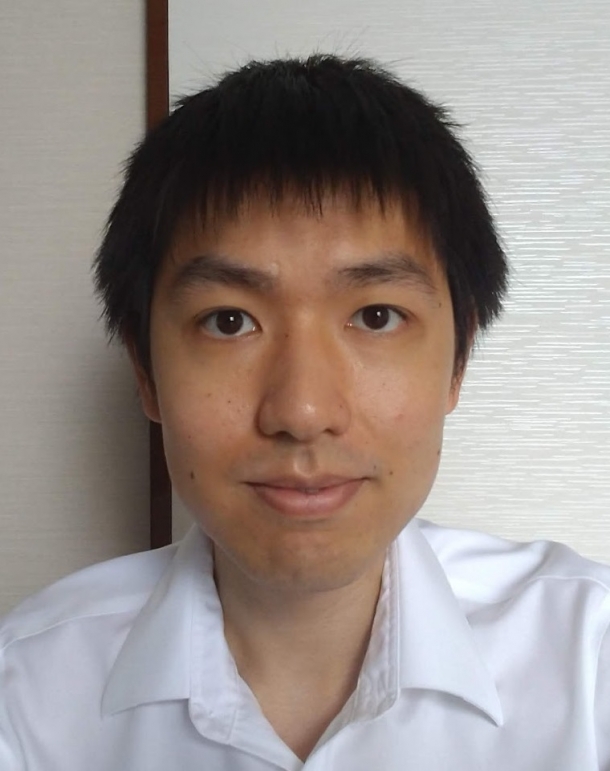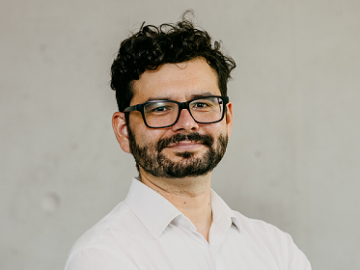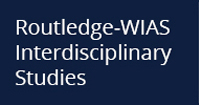
Vital process
I am interested human perceptual systems and how we have the ability to take in way more information than our brain can deal with. Attention, that is, the ability to selectively ignore some information and focus on only what is important, is a vital process as we make sense of the world around us.
The phenomenon of attention has been tackled from the perspective of attending to stimuli from the external world. However, attention can also be focused inward, to highlight or avoid thinking about particular objects held in memory.
My research involves comparing attention in perception and memory, with the aim of learning about why and how attention works. I investigate what the guiding features in memory are, and how we transfer memory features to perception.
Guiding features
We’ve known for a long time that attention is driven by certain guiding features, but until now we have had no idea where these features came from, or where to look for ones we don’t know about. We don’t really know what determines whether a feature can used to guide attention.
Experiments have demonstrated that most people can filter out only a select number of seemingly arbitrary features. For example, one can ignore any number of red balls to find a blue ball, but one cannot filter out all animals to find a vegetable. When I did my first experiments in visual search, I found multiple memory effects, such as the fact that horizontal and vertical lines are much easier to find than pretty much any other orientation, including 45 degree angles — this was an odd one because though we can search for 45 degrees, the search often fails.
Some of the guiding features we know are in perception. Some are in memory as well, and don’t exist in perception. Some people have already learned how to bring those memory features into the perception realm.
A good example is the cocktail party effect, in which if someone says your name in a noisy room, you instantly latch onto it and you know exactly where it came from and who said it, and from which direction, even though you weren’t paying attention to them before. That must be a learned memory effect, because names are not built into us.
Similarly, expert birdwatchers and car enthusiasts can actually pick out their favorite bird or car from a crowd or a noisy background, even if the object lacks good basic defining features. These people must somehow have memory guiding features and have brought them down to perception.
The guiding features we don’t know about are probably memory related, and these experts have learned to harness them.
Memory effects
These effects are definitely not related to perception because we would have found them by now. So they must be related to memory. When I started this work, memory was a much less explored field than perception. I thought that, if there are memory effects on attention, there must also be attention effects on memory. We have a good grasp on how we search within perception, but how do we search within memory? What are the features that guide that search? That was the topic of my research during my first post-doc at New York University in Abu Dhabi.
Racking our brains
The next part of the research was to investigate how people search within memory. The hallmarks of visual search are well studied, but instead of visual, we made a memory search task and found all the same hallmarks of visual search in memory search, though slower because it’s a memory. That showed us that attention is working in perception and memory in similar ways, but there might still be some differences.
Accidental field
I got into this field completely by accident. As an undergrad, my interest was in personality and intelligence psychology, as well as Japanese and Asian studies. Because I was in Japan as an exchange student when the earthquake struck in 2011 and didn’t get home to Australia in time to choose my field for my honors program, I got randomly assigned to a supervisor who was researching perception, Professor David Alais. Because what he was doing was so interesting, I decided to enter the field, and he became one of my Ph.D supervisors. So that’s how I got into perception, and that’s why I did my doctorate on attention with a perception focus.
Coming to WIAS seemed like a natural fit; I did my exchange year at Waseda, so I knew the school and its reputation.
I’m really excited to be in Japan. One reason is that there are definitely cultural factors and influences in memory and attention, and I want to investigate that aspect. There is a professor in Kyoto who is probably one of the biggest ones in Japan, in psychology, who is currently studying cultural effects on attention and memory.
Real world applications
This work has numerous potential applications, ranging from industrial design, for example making safer road signs and cars, to treatments for conditions like Attention Deficit Hyperactivity Disorder (ADHD). No doubt marketers would find this interesting as well.
Diagnoses of ADHD and other attention disorders have skyrocketed in recent years. This is partly because we’d been under-diagnosing them. However, it’s no coincidence that more attention problems have been cropping up in recent years as the world has become a much more distracting place. I believe people are having problems due to the huge increase in distractions in modern life, not necessarily because they have actual attentional disorders.
You can think of attention as a resource. The resources aren’t shrinking, but there are more drains on them, and every time you try to ignore a distraction, it drains your attention resources. I hope the research I am doing will eventually lead to attention-focused design, and result in a safer, calmer and less distracted world.
Interviewed and written by Robert Cameron
In cooperation with the M.A. Program in Journalism, Graduate School of Political Science, Waseda University










